Pullulan Chemical Properties
attribute | Information |
melting point | >248°C (Break down) |
Storage conditions | 2-8°C |
solubility | 50 mg/mL, slightly cloudy, colorless |
morphology | powder |
color | White to off-white |
smell | tasteless |
EPA Chemical Substance Information |
464780.webp)
Brief introduction
Pullulan polysaccharide is an extracellular water-soluble sticky polysaccharide similar to dextran and xanthan gum produced by the fermentation of Pullu-lan. It is a special microbial polysaccharide discovered by R. Bauer in 1938. The polysaccharide is mainly composed of maltotriose linked by α-1,6 glycosidic bonds. The molecular weight is generally between 4.8x10~2.2x10 (the average molecular weight of commercial pullulan polysaccharides is 2x105, which is composed of about 480 maltotrisaccharides). The polysaccharide has a unique structure and properties, and the structure is elastic and the solubility is relatively large. Pullulan polysaccharide has strong film-forming, gas resistance, plasticity and viscosity, and has excellent characteristics such as soluble in water, non-toxic and harmless, colorless and tasteless, and has a wide range of application prospects in pharmaceutical, food, petroleum, chemical and other industries. Because it can be degraded and utilized by microorganisms in nature and will not cause environmental pollution, it is known as pollution-free plastic. On May 19, 2006, the Ministry of Health of the People's Republic of China issued Announcement No. 8, which is one of the four new food additive products, which can be used as a film agent and thickener in candy, chocolate coating, diaphragm, compound seasoning and fruit and vegetable juice beverages.
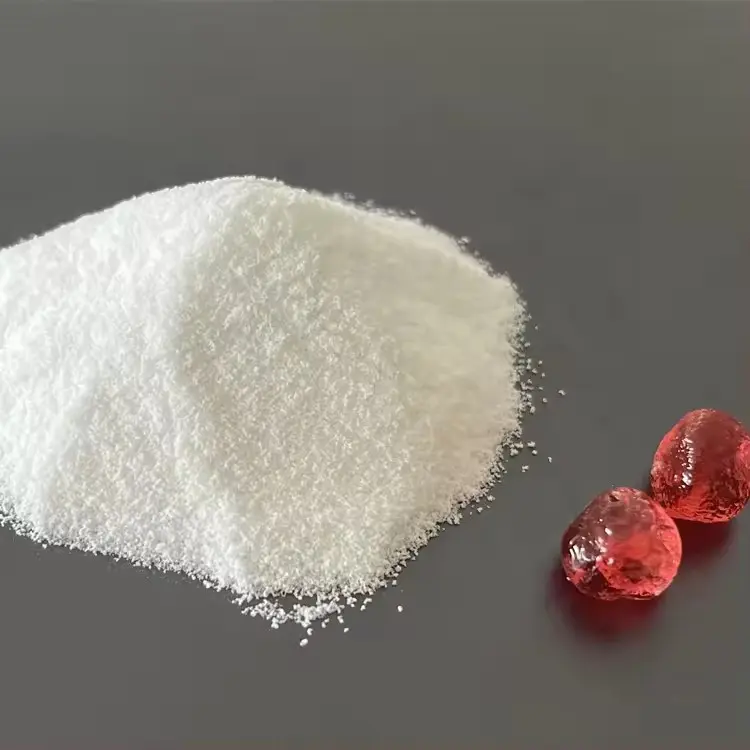
Pullulan structural formula
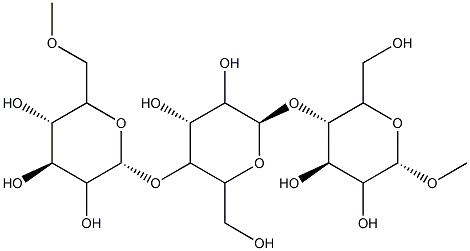
Use
Pullulan has been widely used in medicine, food, light industry, chemical industry, pullulan is one of the four new food additive products, can be used as a film agent and thickener in candy, chocolate coating, diaphragm, compound flavoring and fruit and vegetable juice beverages. Pullulan polysaccharide aqueous solution has a smooth, refreshing feeling, and has the characteristics of improving taste, so it can be used as a chemicalbook agent and thickener for food quality improvement. Adding a small amount of pullulan in the food processing process can significantly improve the quality of food, such as fish cake can increase flavor and quality, adding a small amount of pullulan can maintain the flavor of soybeans and simplify the process when making tofu, and soy sauce. A small amount of pullulan can be added to condiments, pickles, boiled fish and shrimp, delicious foods, etc., to stabilize its viscosity, increase its viscosity and make it smoother.
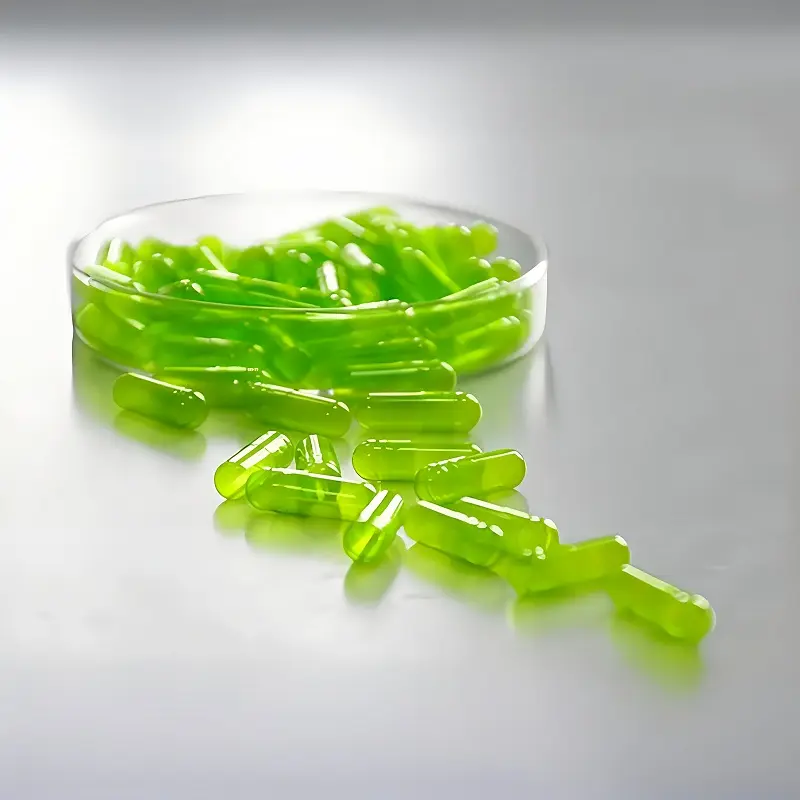
Apply
Fillers and adhesive formers for the pharmaceutical industry and cosmetics.
Improvers and thickeners for food quality.
Water-soluble packaging materials used to prevent oxidation.
Low-calorie food raw materials for staple foods and pastries. Pullulan polysaccharide is a polysaccharide polymer composed of D-maltotriose units Chemicalbook, and trisaccharides produced by α-Amalase digestion of Amalose. Pullulan polysaccharides have been used in studies to evaluate bone tissue engineering. When the addition amount was 50% (wt.%), the addition of amylopectin increased the elongation at break of the gelatin-based edible film.
Security
According to the results of the acute, subacute and chronic toxicity tests and mutation-based tests of pullulan polysaccharides, even if the dosage of pullulan polysaccharides reaches the LD50 (semi-lethal chemicalbook dose) limit of 15g/kg, pullulan polysaccharides will not cause any biological toxicity and abnormal states, so it is very safe for use in the food and pharmaceutical industry.
Standards for maximum allowable use of food additives and maximum allowable residues
The following are the standards for the maximum allowable use and maximum allowable residues of food additives:
Chinese name of additive | The Chinese name of the food that allows the use of this additive | Additive function | Maximum allowable usage (g/kg) | Maximum allowable residue (g/kg) |
Pullulan sugar prefabricated aquatic product film agent | Pullulan sugar pre-made aquatic products | Filming | 30 | - |
This table shows that the maximum allowable amount of pullulan prepared aquaponics in pullulan precast aquaponics is 30 g/kg, but no maximum allowable residue is provided.
Chemical properties
White amorphous powder. Tasteless and odorless. Soluble in water, dimethylformamide, no gelling, the solution is viscous and stable, neutral. Insoluble in alcohols, ethers, oils. The viscosity of the solution is the same as that of gum arabic, and it has a very good thickening effect of salt resistance, enzyme resistance, heat resistance, and resistance to pH changes. The film formed by the aqueous solution is dried on the metal plate, and the gas barrier to oxygen and nitrogen is strong. It is easy to form a water-soluble edible film. Good compatibility with other water-soluble high-content Chemicalbook sub-substances.
Use
Thickeners, stabilizers, film agents, quality improvers. Generally, it is often used in combination with carrageenan, locust bean gum, etc., with a dosage of 0.15%~0.5%. It can be directly added to food to simplify the manufacturing process, prevent aging, give luster, replace a part of the starchy raw materials in food, and make low-calorie food. It can also be sprayed or impregnated to form a film to prevent oxidation. Its film products can be used as transparent edible anti-oxidation packaging materials that are stable at low temperatures. It is also used to evaluate bone tissue engineering. It is also used in anti-fog applications.
Production method
In the medium containing starch hydrolysate (generally starch syrup) and inorganic salts, aeration culture (27~30 °C, 4~7 days) black yeast (budding breve Pullular such as pulluChemicalbooklans, also known as Aureobasid Iumpullulans), then heated and centrifuged to remove the bacteria, the filtrate is precipitated with the same amount of ethanol, and then dissolved and refined with water.
Safety instructions
project | Information |
Safety instructions | No specific safety instructions were provided |
WGK Germany | 3 |
RTECS号 | UO5470000 |
TSCA | Yes |
HS code | 2942000000 and 3913900090 |
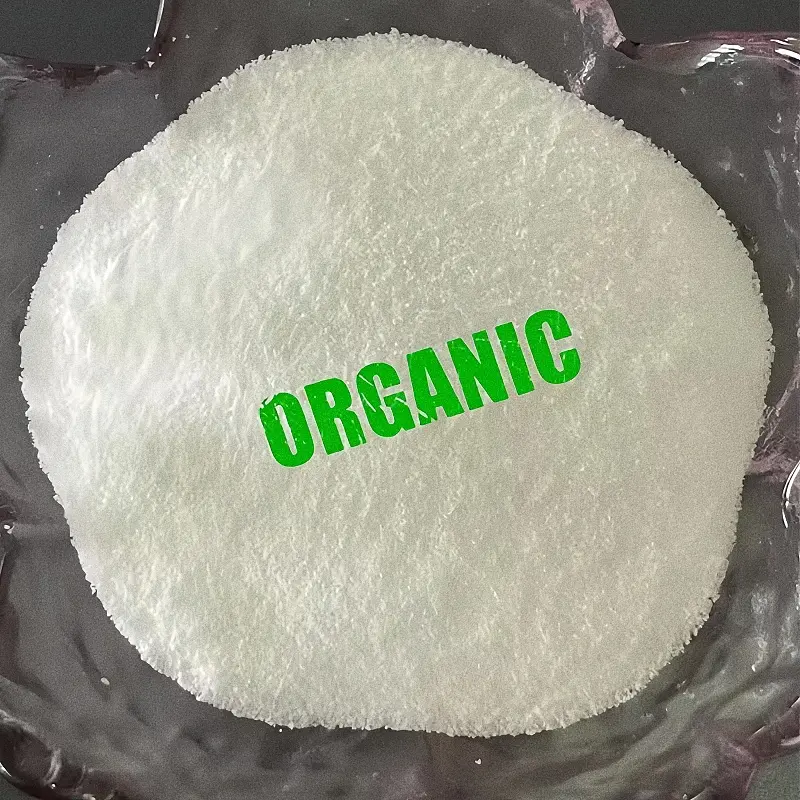
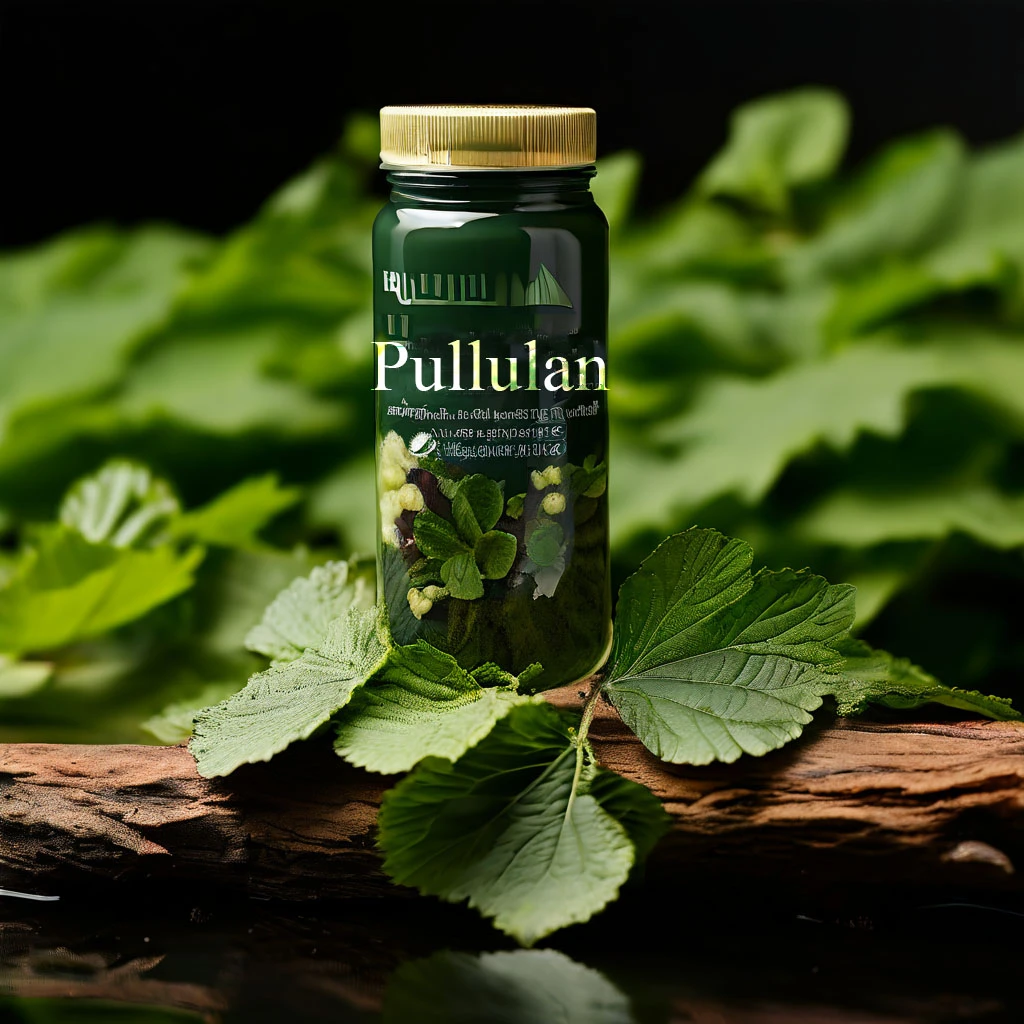
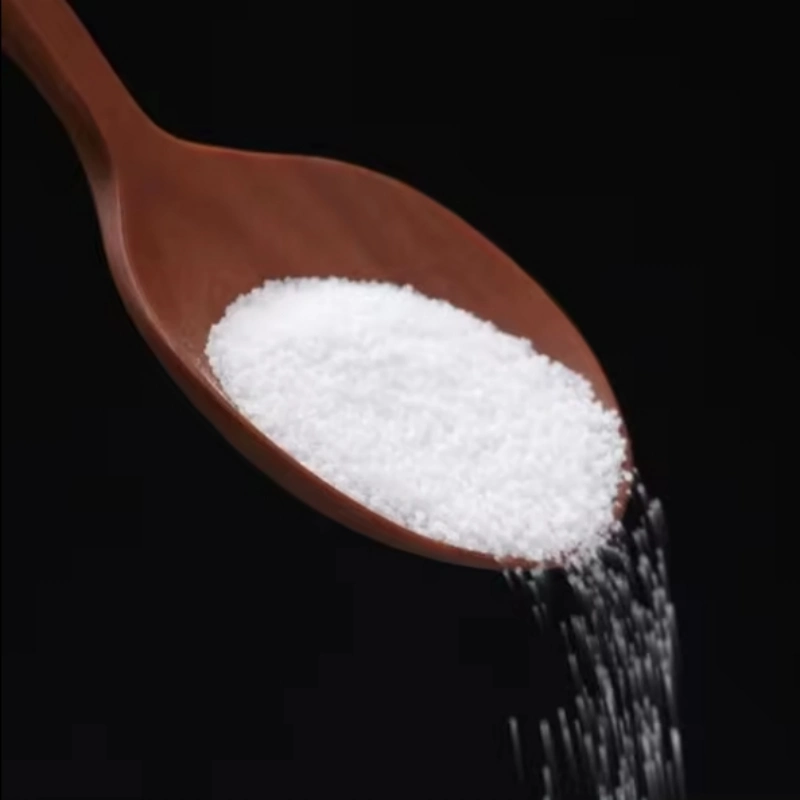

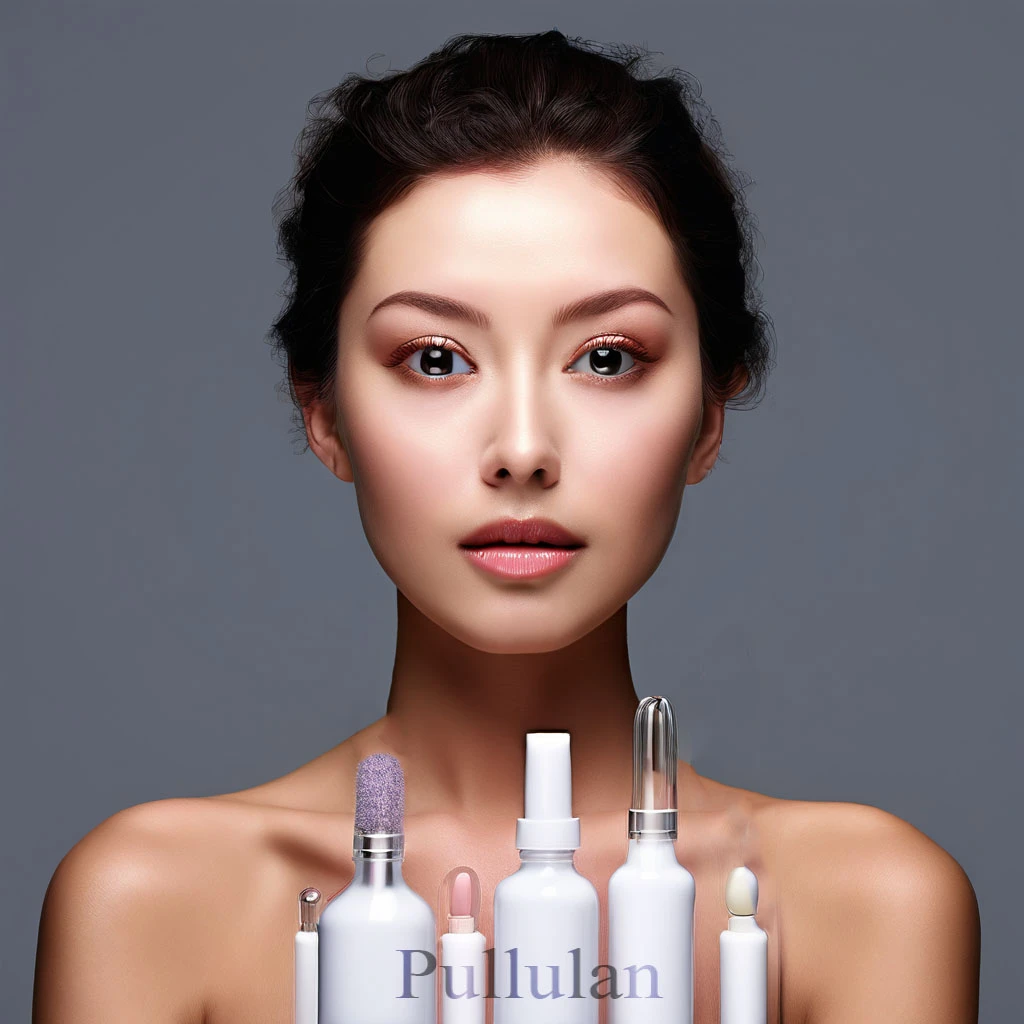
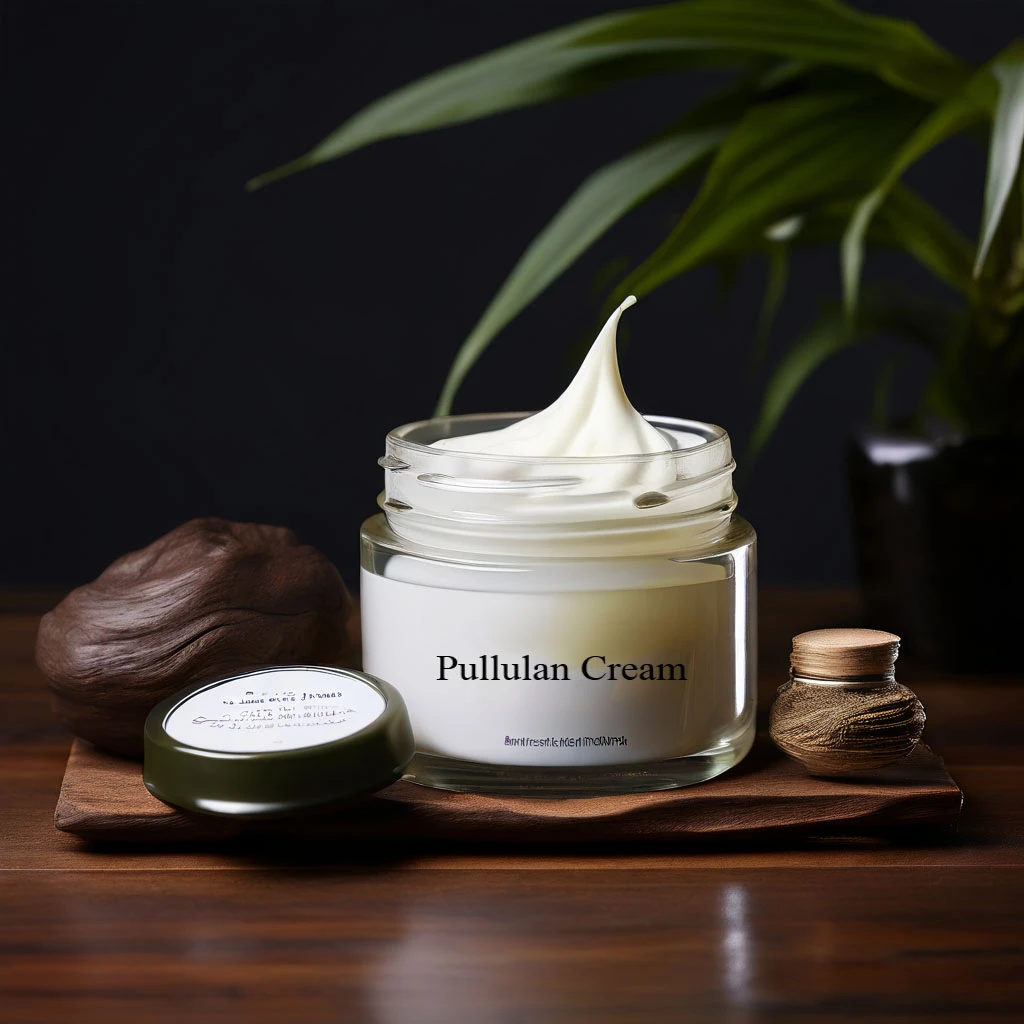

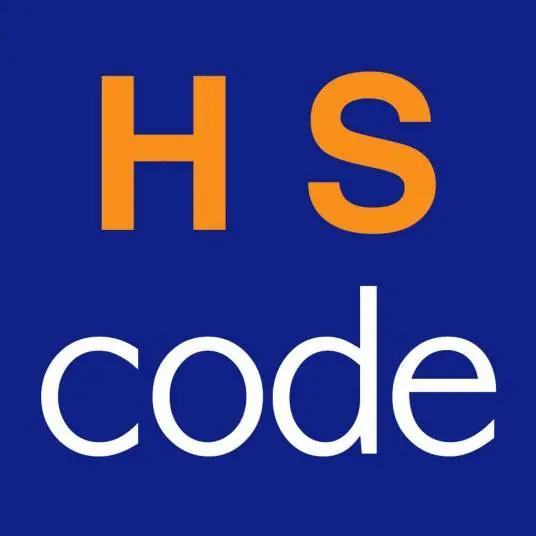
594.webp)